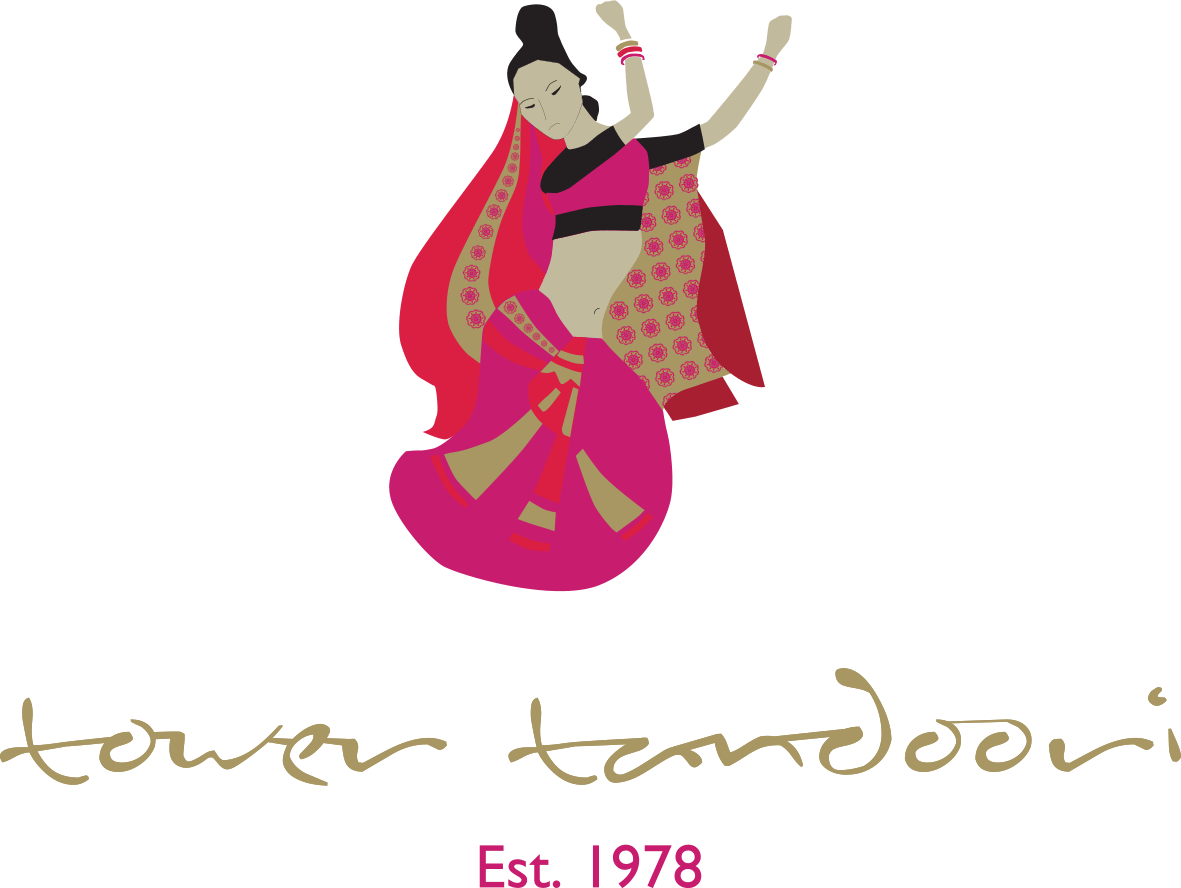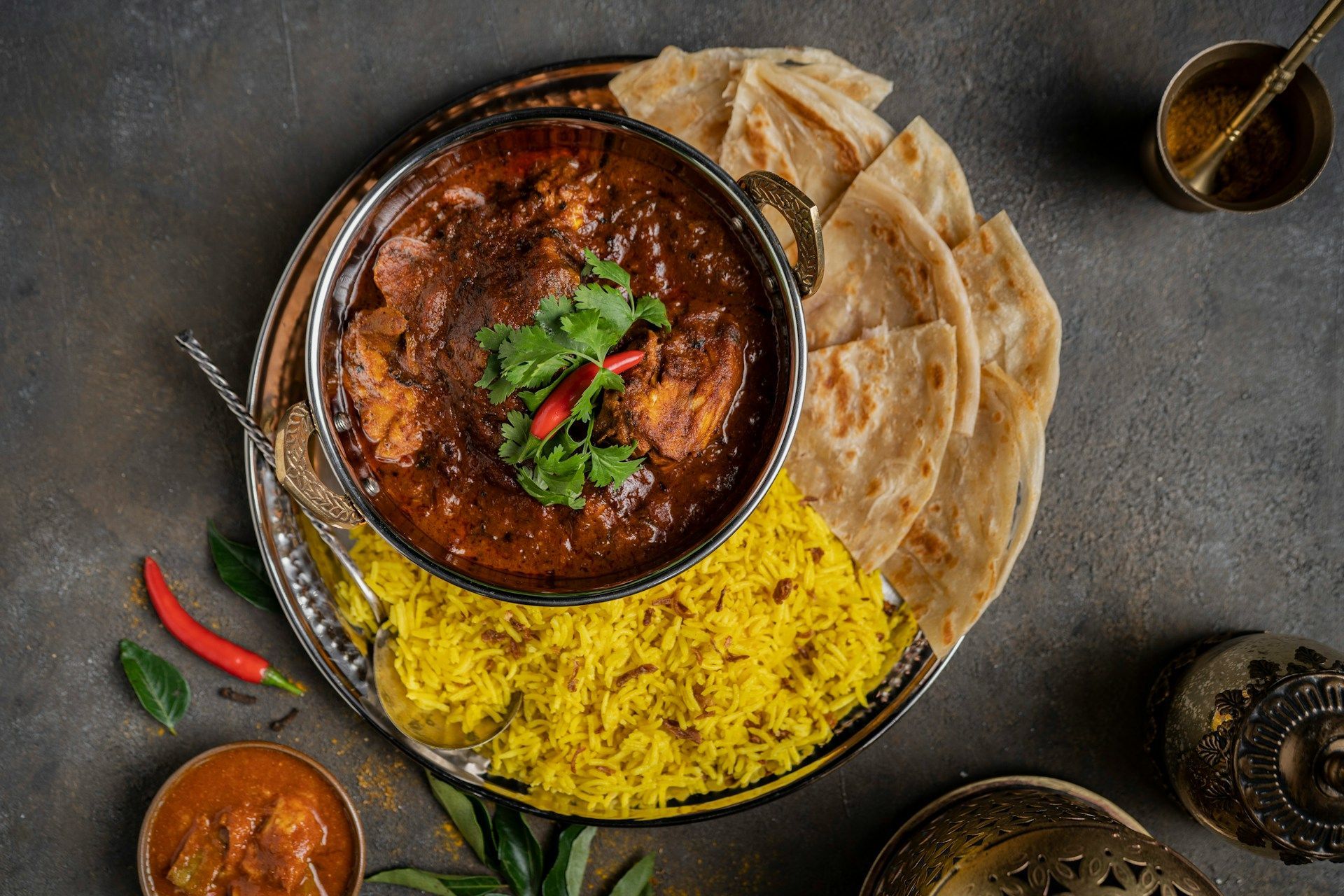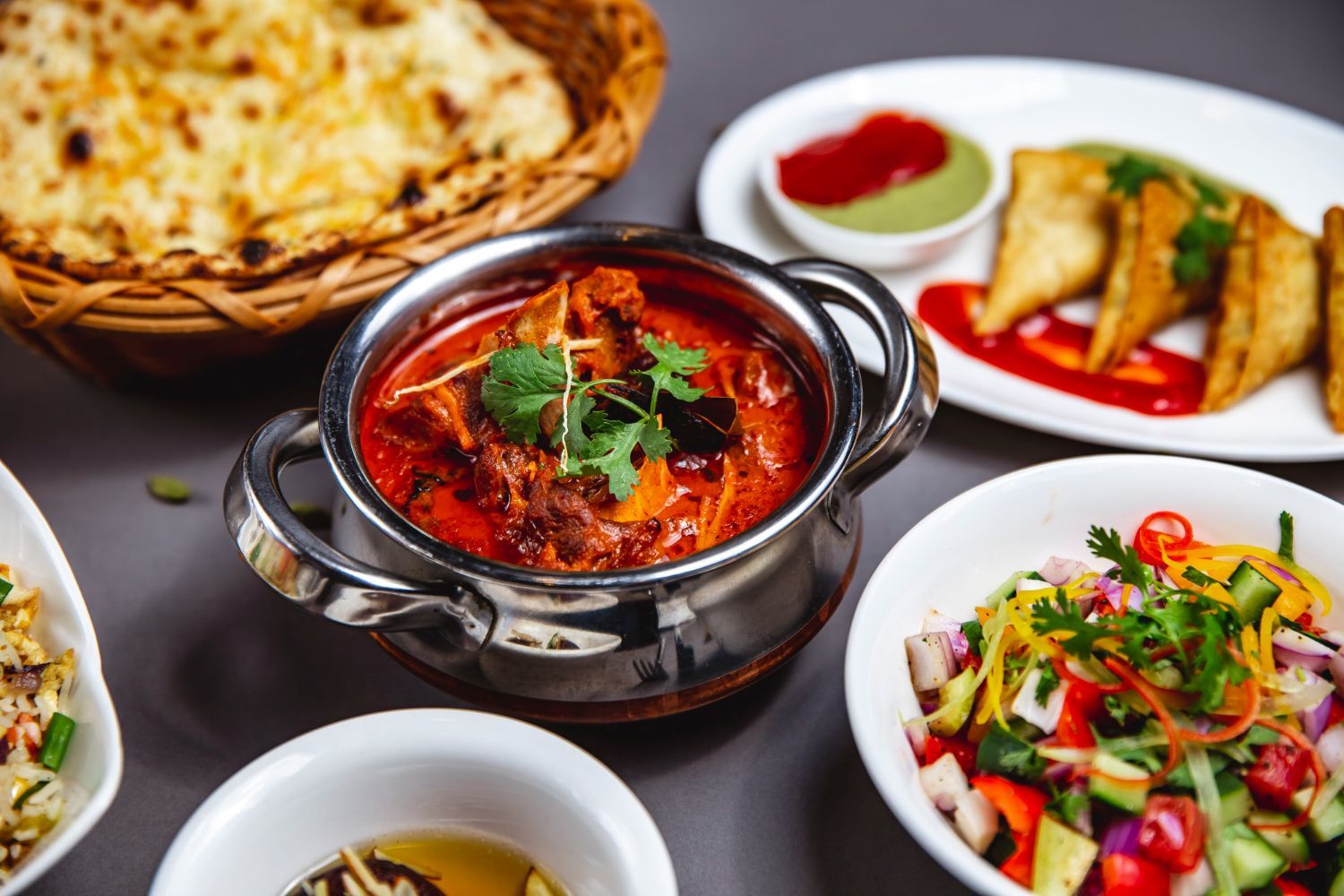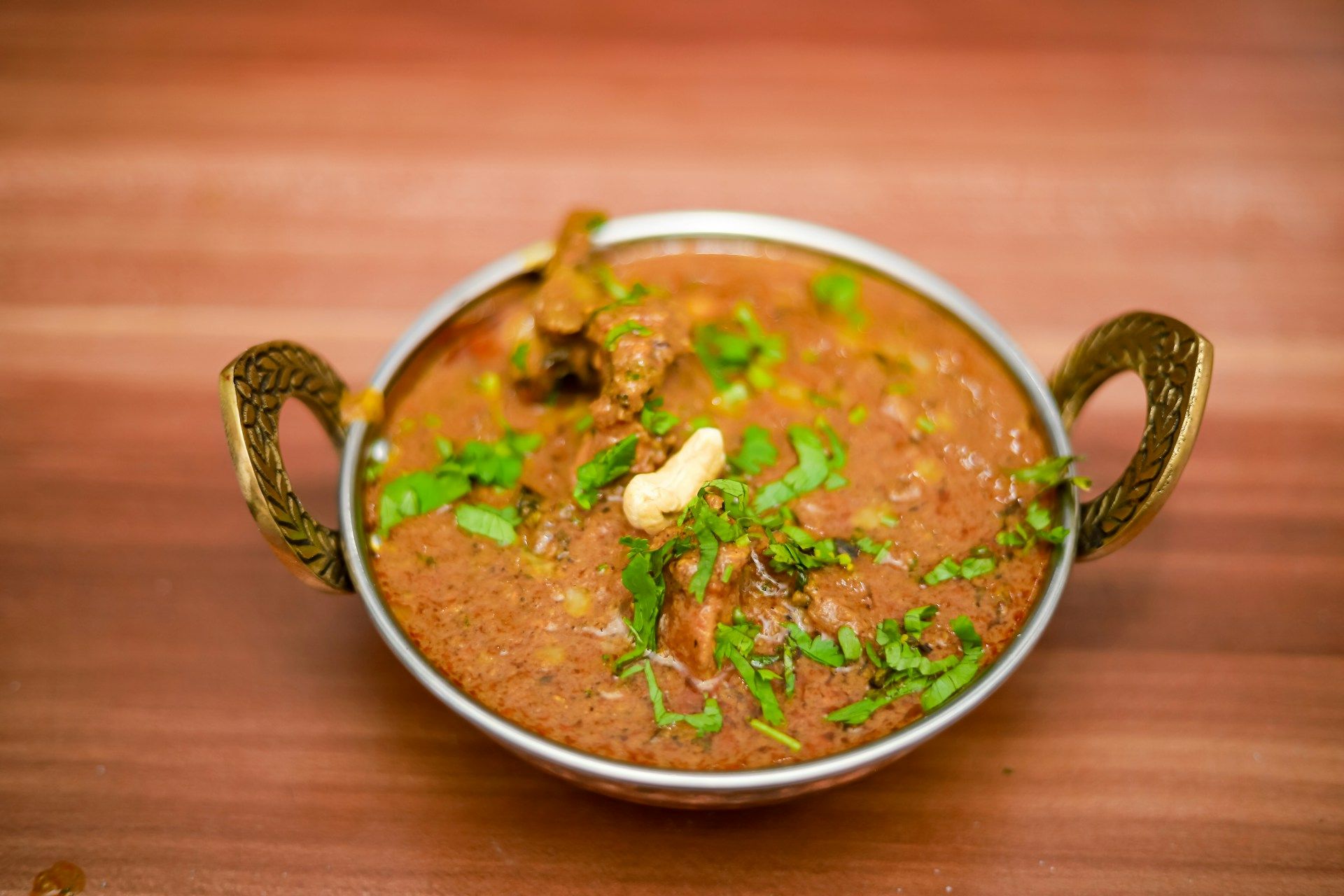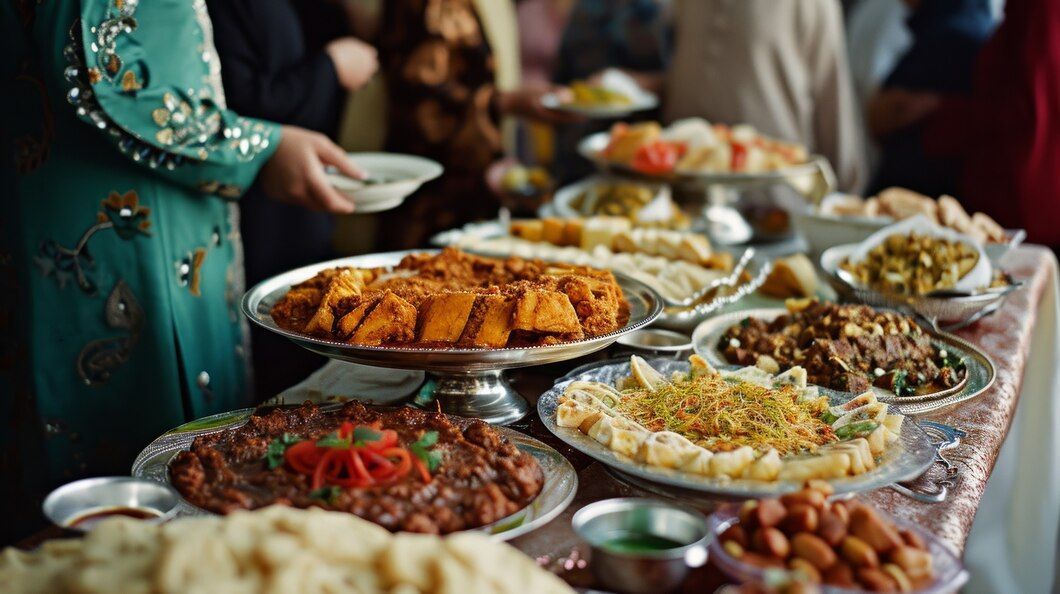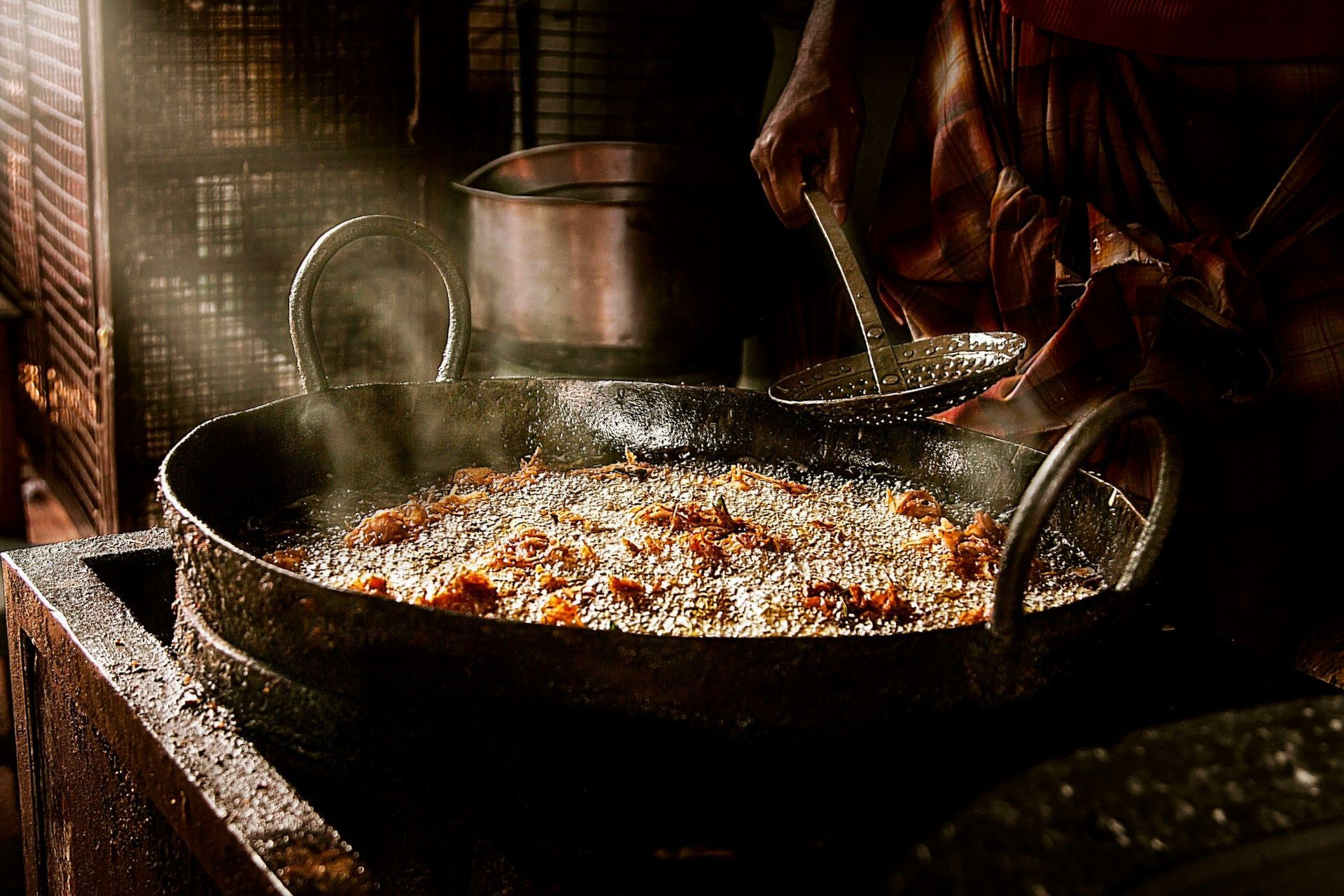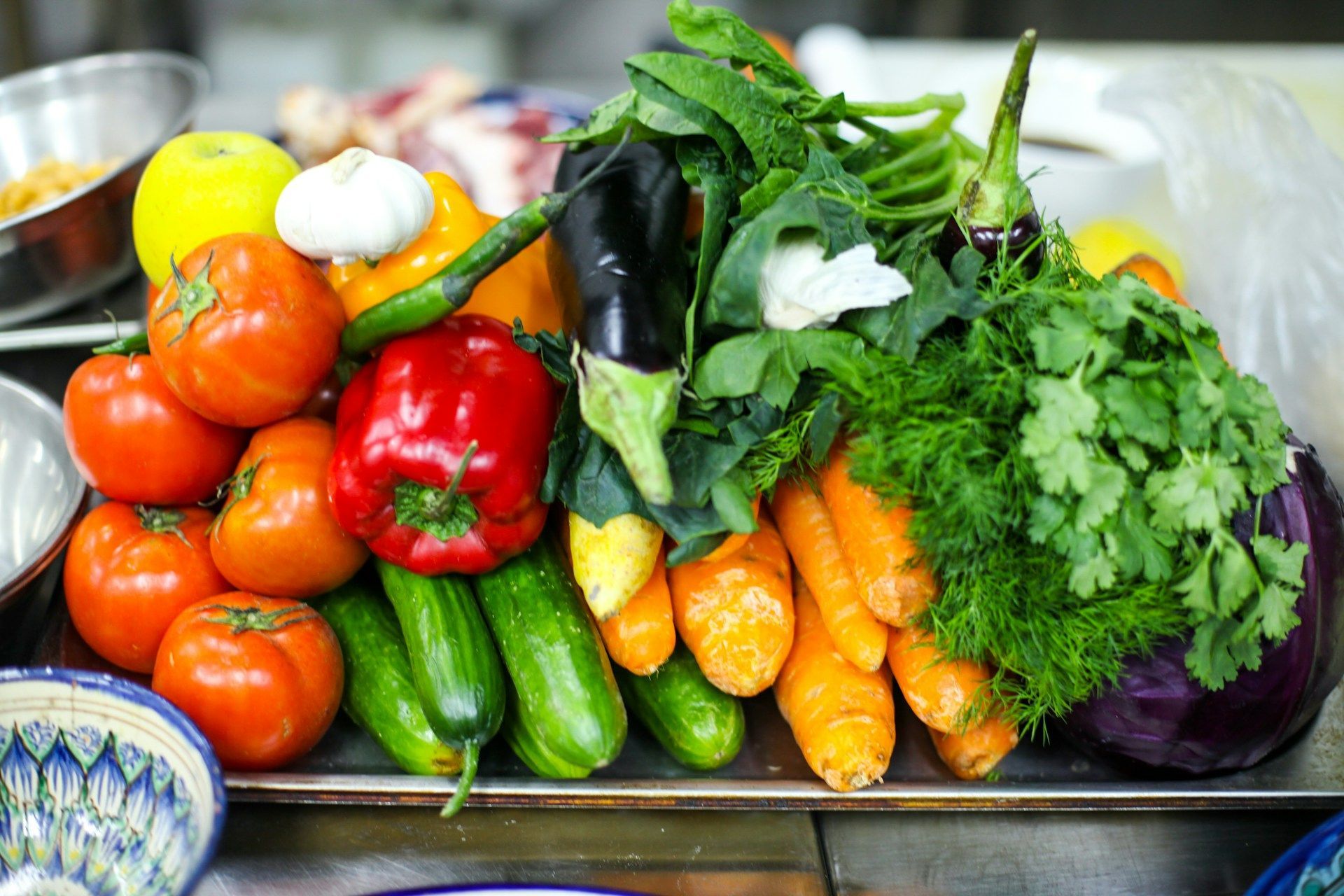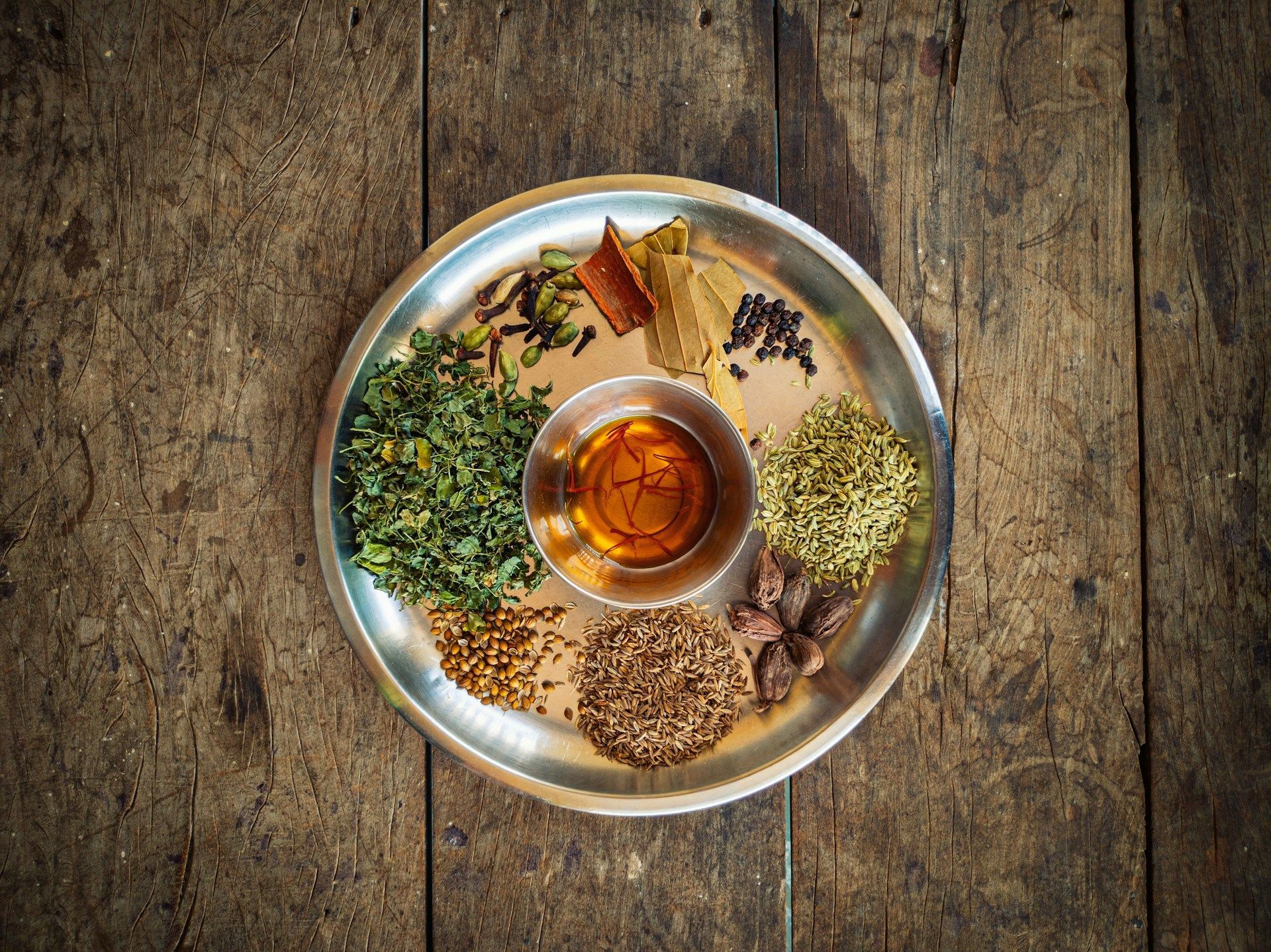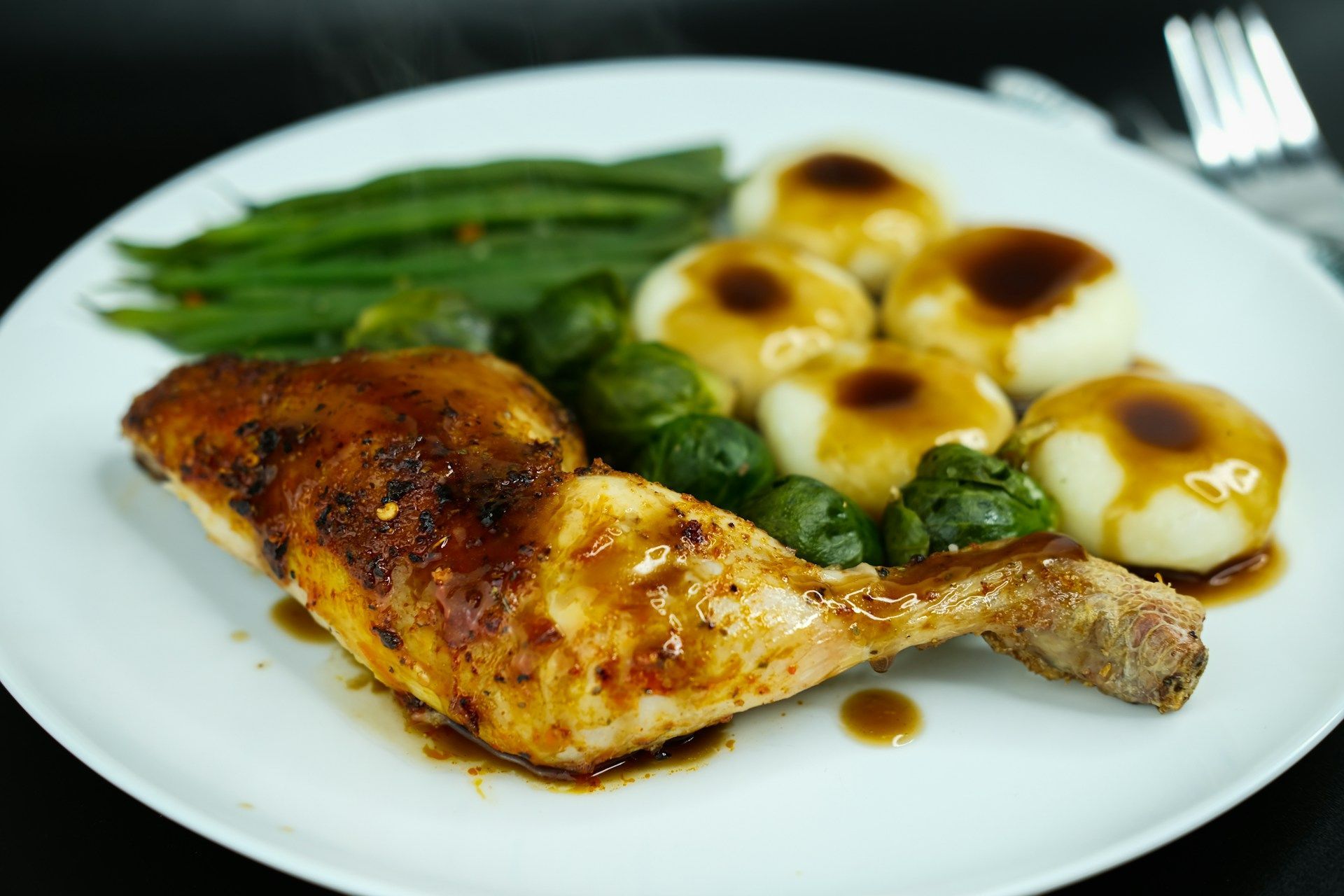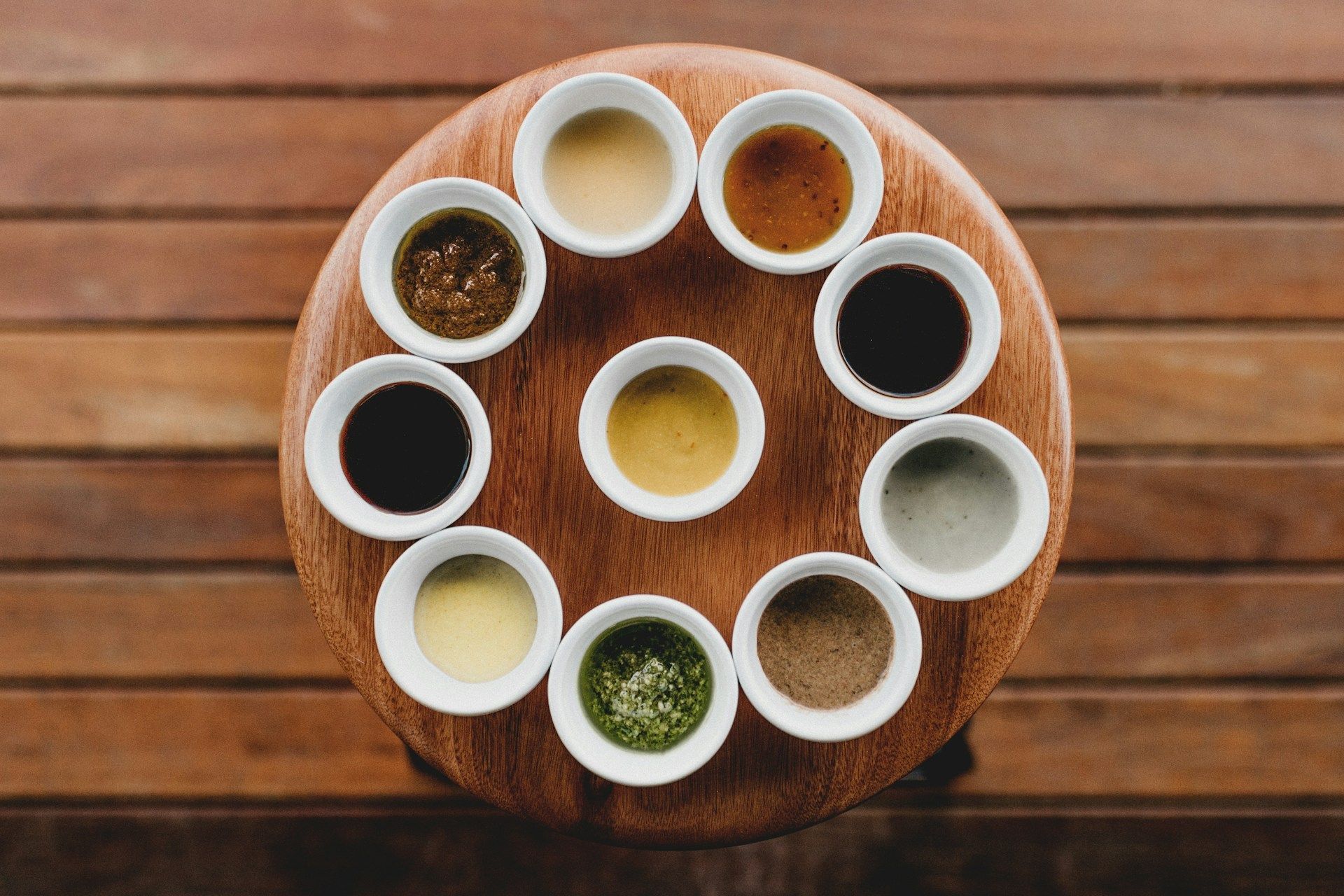Indian Food: The Many Reasons it is So Healthy
Indian food is known for its use of spices, lentils, and rice, including the wide range of flavours and colours that distinguish this cuisine. An Indian diet offers numerous health advantages since it is often low in fat and abundant in vegetables, fruit, and lean meat.
So, what is it about Indian food that makes it so healthy? Read on to learn the typical components of an Indian diet and where to find the best Indian food in London:
Why Indian Food Is So Healthy
- Low in saturated fat
- Vegetarian-friendly
- High in dietary fibre
- Vegetables and fruits such as aubergine, mango, and spinach
- Wide range of spices and herbs, including ginger and coriander
A variety of health advantages can be obtained from specific components of an Indian diet. For instance, chickpeas frequently used in vegetarian curries are high in fibre, folate, protein, and zinc. Common ingredients like tomatoes and spinach contain antioxidants, minerals, and vitamins.
Many Indian sauces and add-ons, such as Sag aloo (spinach) and Gobhi Aloo (cauliflower with potatoes), are vegetable-based. They don’t include fatty ingredients such as cream or cream cheese.
The minty yoghurt dip raita, prepared with natural yoghurt, cucumber, and mint, is a low-fat and calcium-rich alternative to condiments like mayonnaise. In place of cream or coconut milk, natural yoghurt is frequently used to make curry sauces.
Garlic and chilli are also commonly used in Indian food, and they are incredibly healthy for the heart, immune system, and metabolism. Instead of butter, Indian cuisines frequently use sesame, peanut, and vegetable oil, which keeps the saturated fat content low.
Finally, because Indian meals have a strong flavour, one serving may typically satisfy taste receptors while consuming fewer calories. The diversity and brightness of an Indian diet also make it incredibly enjoyable to consume day in and day out!
Health Tips for Eating Indian Food
There will always be characteristics of cuisines from across the world that aren't as healthy as we would want. Stick to the healthier alternatives while eating Indian food, such as tomato-based curries and vegetable dishes, while selecting fish or chicken over lamb. Avoid using ghee (clarified butter) and instead cook using sunflower or vegetable oil.
Creamy curries like korma, masala, and pasanda are high in fat (typically from coconut cream) and should only be eaten as an occasional indulgent treat. Peshwari naan bread is heavy in fat and sugar and should be consumed in moderation. Eat plain boiled rice or brown basmati rice instead of pilau, which contains extra oil.
Choosing tandoori meals will reduce fat and calorie consumption since they include very little sauce. Furthermore, the protein, typically chicken and fish, is baked instead of fried.
Berries, figs, guavas, mangoes, oranges, pineapple, cantaloupe, grapes, and pomegranates are among the many delights of an Indian diet. They should be consumed regularly to aid digestion and receive the necessary vitamins and minerals.
Conclusion
Indian food is packed with many vitamins and minerals, but always remember to keep your servings in check. The manner you make and eat food, no matter how nutritious it is, is essential.
If you would like to try out the best Indian cuisine, make sure to look for the best Indian restaurant near London Bridge. Tower Tandoori is one of London's oldest
tower Indian restaurants serving up authentic delicacies. Check out our menu and order today!
